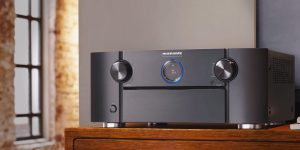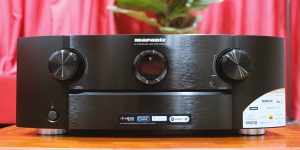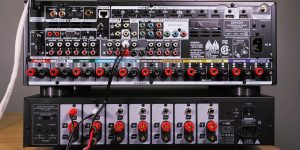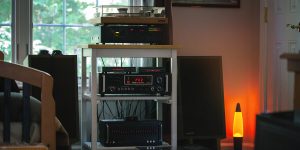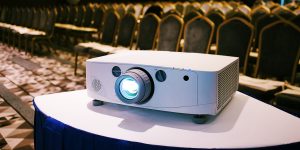Choosing the AV receiver with a low Total Harmonic Distortion (THD) level is very important. Of course, the more powerful it is when we buy an AV receiver, the better. But only considering the power and ignoring THD may lead to significant sound quality degradation problems or even system failure.
That should be fine if the THD (total harmonic distortion) is less than 1% at 100 milliwatts.
In general, the lower the THD, the better because fewer harmonic signals are being added to the original signal. However, harmonics can cause ghosting and even damage speakers if they’re too high because it can stress speaker drivers more than necessary.
So THD, if it’s very low (0.1%), is excellent. Suppose it’s higher (3% or so). In that case, you might not notice it, especially in the presence of other sounds like dialogue and music since they’re usually much more dominant in the mix than the different frequencies on one channel. THD isn’t as important as speaker connections and power, but it’s still one factor to consider when you’re shopping for a receiver.
What is the THD of an AV receiver?
THD of an AV receiver is the abbreviation of Total Harmonic Distortion, which means amplification circuits or speakers will distort new sound sources at a particular volume value. Generally speaking, a lower THD figure is better. It shows that the device achieves high-fidelity audio reproduction free from distortion – which is very important when reproducing high-quality music.
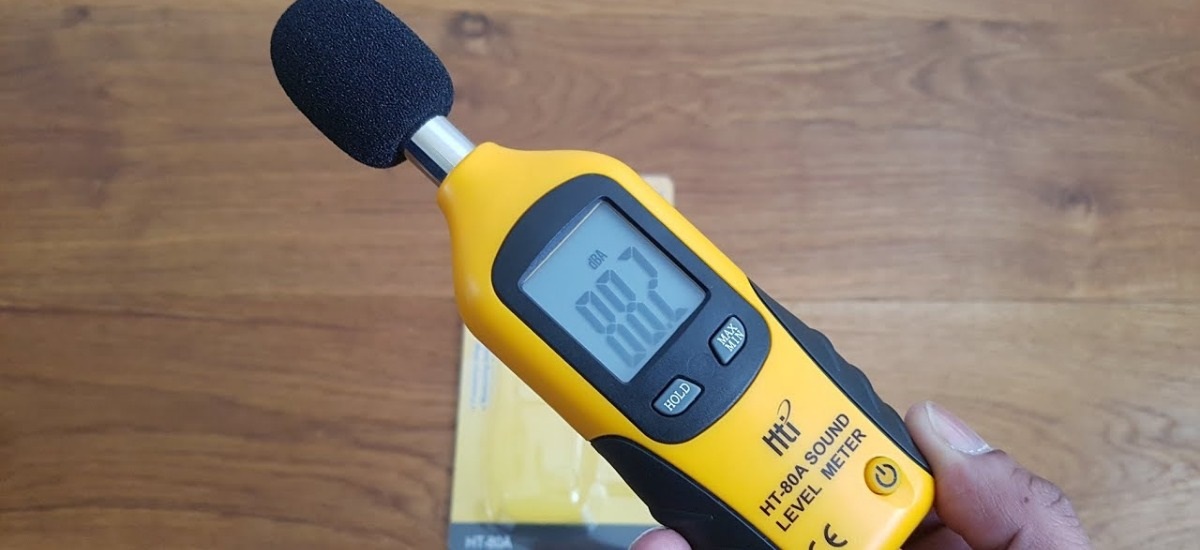
How to check the level of THD of an AV receiver?
Let’s take a look at different ways by which we can find out the level of THD of an AV receiver:
- Using Sound Level Meter for THD Measurement: Sound Level Meter or SPL meter is mainly used to check sound levels, but we can use it to measure THD’s level. So we need to buy an SPL meter with a 1 percent THD scale. Keep in mind that if your AV receiver has a good level of THD, then it will show a lower value on the 1 percent THD Scale, for example -60dB or -70dB, etc.
- Using Graphic Equalizer for THD Measurement: We can also use a graphic equalizer to measure the level of THD. If your AV receiver has a good amount of THD, then it will show its effect on the sound reproduction, so by using a graphic equalizer, you can find out whether your AV receiver is distorting the sound or not.
- Using the Meter on AV Receiver for THD Measurement: It is maybe the best and easiest way to find out the level of THD in an AV receiver. All we need to do is switch ON the sound meter on your AV receiver and speak into its microphone so that it will show you the value of THD on its meter. In this case, if the level of THD is more than 10 percent, then it will show you −40dB or -50dB, etc. on the volume meter, and if the value is less than 0.1, i.e., 1 percent, then it will show you 0dB on volume meter. It’s elementary to find out the value of THD on the AV receiver’s meter. This method is the most accurate way to measure the level of THD in an AV receiver so that you can use it.
Can I regulate the level of THD of an AV receiver?
No, it is impossible to change the THD level of an AV receiver. AV receivers don’t have any THD regulation because the level of distortion in the output signal is already minimized by its design and because it would increase power consumption considerably.

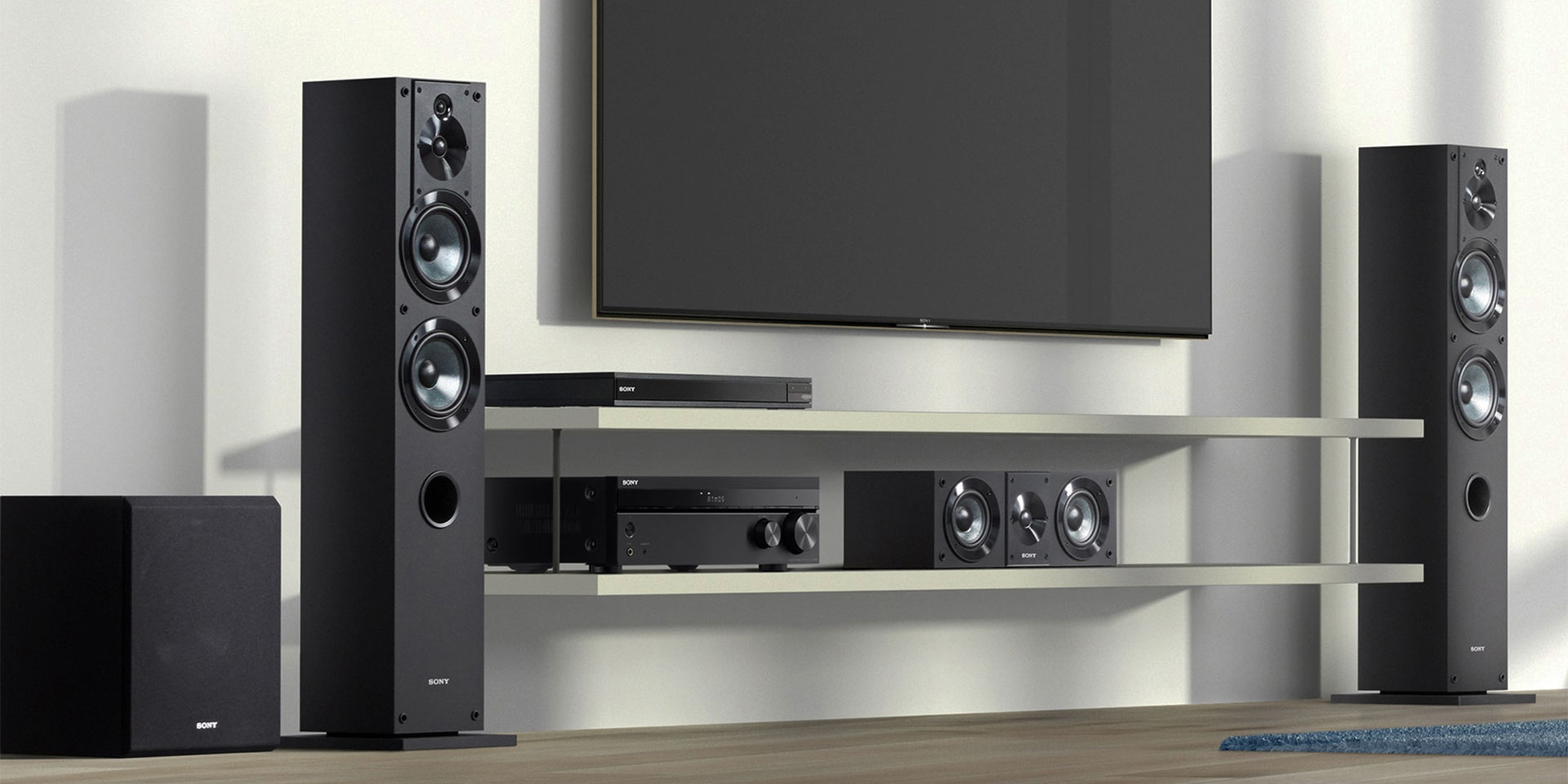


![Best 2-Channel Receiver [Expert Reviews and Buying Guide]](https://hometheaterology.com/wp-content/uploads/2023/11/best-2-channel-receiver-stereo-300x150.jpg)


